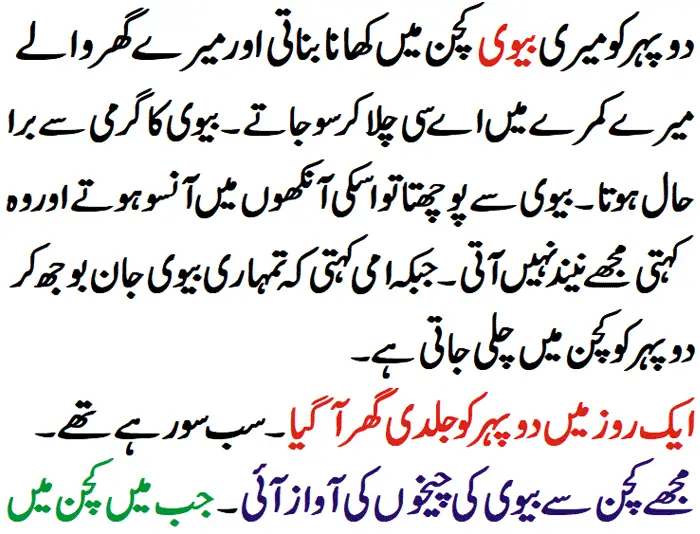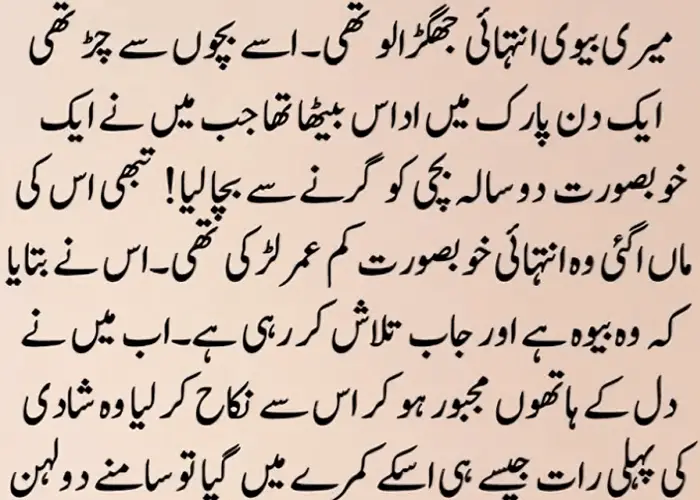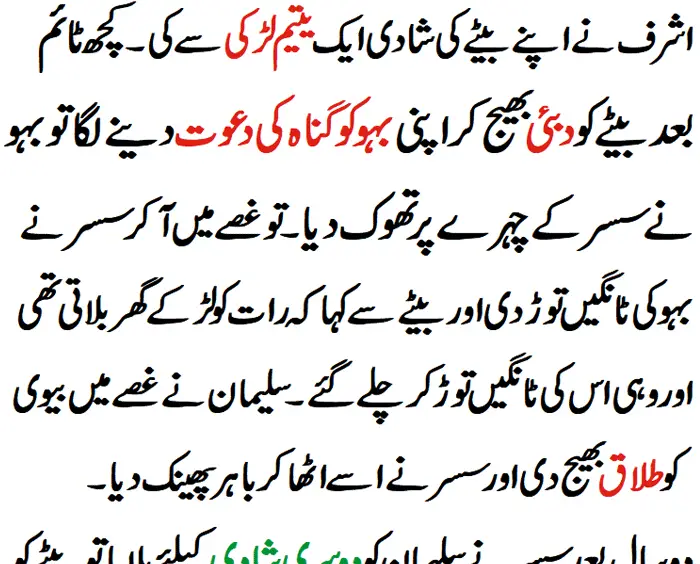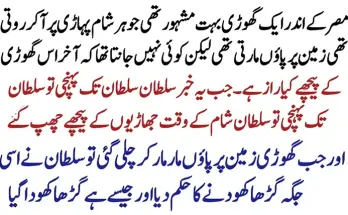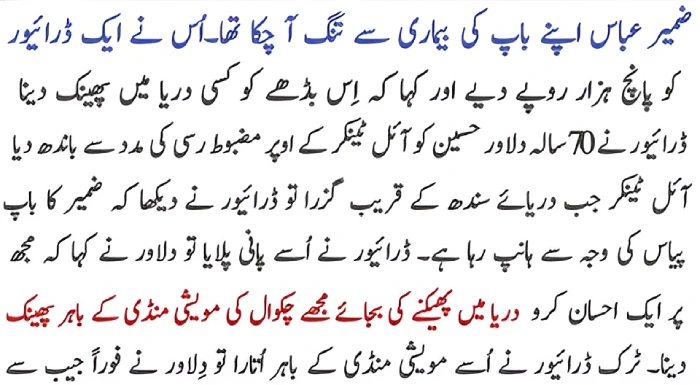
Facial hair is a common concern for many people, and when it turns white, it can become even more noticeable and frustrating. While white facial hair is a natural part of aging, many seek effective methods to manage or remove it. Whether you’re looking for temporary solutions or more permanent results, several ways exist to address this issue. Here are ten effective ways to remove white facial hair:
1. Tweezing
Tweezing is one of the most straightforward methods for removing white facial hair. Using a good pair of tweezers, you can pluck out individual hairs from the root. This method is ideal for small areas, like the chin or upper lip, where you have a few stray hairs. Tweezing can be time-consuming and slightly painful, but it provides a precise and lasting result.
2. Waxing
Waxing is a popular method for removing facial hair, including white hair. There are various types of waxing options available, such as hot wax, cold wax strips, and sugar waxing. Waxing removes hair from the root, which means it takes longer for the hair to grow back. This method can be done at home or professionally at a salon. However, waxing can cause some discomfort and may not be suitable for sensitive skin.
3. Threading
Threading is an ancient hair removal technique that originated in the Middle East and South Asia. It involves using a thin, twisted cotton thread to pull out hair from the follicle level. This method is highly effective for removing fine white facial hair and shaping eyebrows. Threading is precise and less harsh on the skin compared to waxing, making it a good option for sensitive areas.
4. Depilatory Creams
Depilatory creams are chemical-based products that dissolve hair just below the skin’s surface. They are easy to use and provide quick results. However, since they contain strong chemicals, it’s essential to perform a patch test first to ensure you don’t have an allergic reaction. Depilatory creams can be found in most drugstores and are specifically formulated for facial use to avoid irritation.
5. Laser Hair Removal
Laser hair removal is a more permanent solution for white facial hair. This method uses laser light to target and destroy hair follicles, preventing hair from regrowing. However, because white hair lacks pigment, traditional laser treatments may be less effective. Special lasers designed for light-colored hair or combining laser treatment with other techniques can enhance effectiveness. It’s best to consult with a dermatologist or a professional laser technician to explore this option.
6. Electrolysis
Electrolysis is the only FDA-approved method for permanent hair removal. It works by using an electric current to destroy hair follicles individually. Electrolysis is effective for all hair colors, including white hair. While it can be time-consuming and requires multiple sessions, it offers a permanent solution. Electrolysis should be performed by a certified professional to ensure safety and effectiveness.
7. Epilators
Epilators are electronic devices that remove hair by mechanically grasping multiple hairs simultaneously and pulling them out. They are suitable for removing white facial hair and can provide long-lasting results similar to waxing. Epilators can be used at home and are available in various sizes and types. They might cause some discomfort, especially for those with sensitive skin.
8. Home Remedies
Several natural home remedies can help manage white facial hair. A popular mixture includes gram flour, turmeric, and milk. Apply the paste to the face, let it dry, and then rub it off gently. This method can help reduce hair growth over time and also brighten the skin. Another home remedy is using a mixture of sugar, lemon juice, and water as a natural waxing alternative.
9. Shaving
Shaving is a quick and painless method for removing white facial hair. It is important to use a sharp, clean razor and shave in the direction of hair growth to minimize irritation. While shaving doesn’t provide long-lasting results as it only cuts hair at the skin’s surface, it’s a convenient option for immediate hair removal. Make sure to moisturize your skin after shaving to avoid dryness and irritation.
10. Prescription Creams
Certain prescription creams, such as eflornithine (Vaniqa), can help slow down the growth of facial hair. These creams are typically applied twice a day and work by inhibiting an enzyme that stimulates hair growth. While these creams don’t remove hair, they can significantly reduce the rate of hair growth and make hair less noticeable. It’s essential to consult with a healthcare provider to see if this option is suitable for you.
Removing white facial hair can be managed through various methods, each with its own set of benefits and drawbacks. Whether you prefer at-home treatments like tweezing and shaving or professional options like laser hair removal and electrolysis, there’s a solution for everyone. It’s important to choose a method that suits your skin type, pain tolerance, and desired results. Consulting with a dermatologist or professional can also provide guidance tailored to your specific needs. Remember, it’s perfectly normal to have facial hair, and choosing to remove it is a personal decision.

